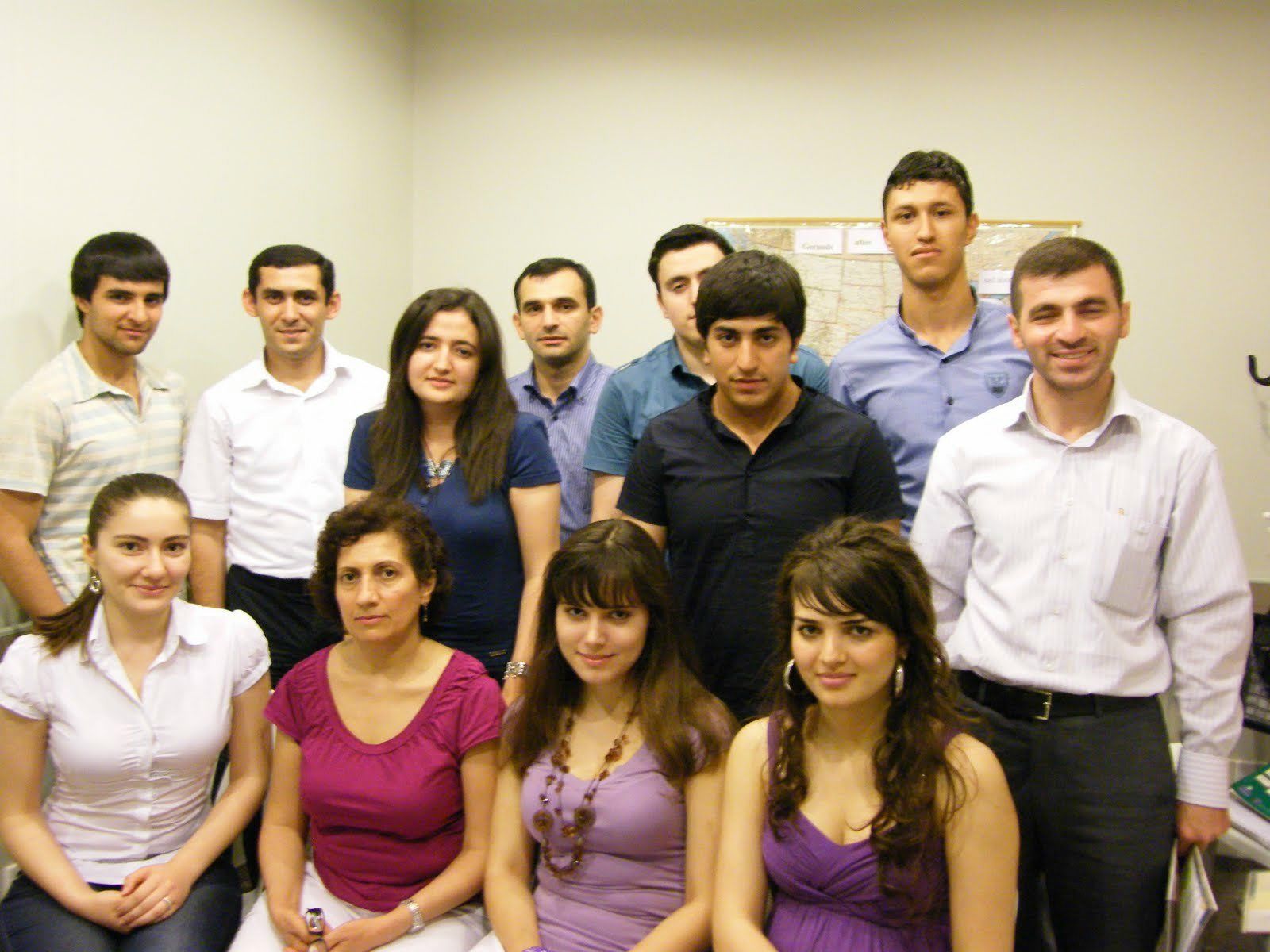 General
General
Sparking Change Through Synthetic Biology: A New Era of…
Have you ever looked up at a familiar tree and found yourself pondering the mysteries it might hold? That’s a bit like synthetic biology—revealing layers of innovation and untapped potential nestled within the simplest of things. A few years ago, I meandered through a local science fair filled with bright young inventors showcasing their imaginative projects, from edible packaging crafted from seaweed to biodegradable materials made from corn. As I listened to their exciting presentations, a thought struck me: what if we could scale these incredible biological processes to tackle the environmental crises we’re facing?
At its core, synthetic biology revolves around redesigning and engineering living organisms to serve valuable purposes, and it holds the promise of transforming our approach to material innovation. Just picture materials that aren’t just sustainable but also smarter than ever before. By blending the principles of biology, chemistry, and engineering, we can create alternatives that significantly reduce waste and our dependence on fossil fuels. It’s a subtle yet powerful revolution that often goes unnoticed, yet its implications are nothing short of profound.
Pathways to Sustainability
What does sustainability mean to you personally? To me, it conjures visions of lush landscapes, pristine oceans, and vibrant ecosystems where innovation dances in harmony with nature. In the realm of synthetic biology, we’re carving out pathways toward sustainability that could help bring this vision to life. I remember a sun-soaked weekend spent on a beach, feeling the warmth on my face as I watched the waves gently kiss the shore. It struck me how pervasive plastic waste had become, choking our oceans and harming marine life. That moment ignited my passion for exploring sustainable materials that could truly make a difference.
Through these incredible innovations, we can phase out traditional materials that pollute our environment and replace them with alternatives that decompose naturally, posing no threat to wildlife or ecosystems. This shift not only contributes to a healthier planet but also paves the way for new industries and job opportunities—a win-win for investors, businesses, and consumers alike.
From Laboratory to Living Room
Can you envision a future where your household items are made from bioengineered materials? At a gathering I once hosted with friends, the conversation shifted to our everyday habits, leading us to a fascinating realization: many products we use without a second thought—packaging, cleaning supplies, even furniture—are derived from synthetic chemicals that can harm our health and the environment. It was an enlightening discussion that sparked a collective awareness of our choices.
Thanks to advancements in synthetic biology, the dream of transforming everyday products into eco-friendly alternatives is increasingly becoming a reality. Imagine furniture composed of bioplastics that break down in your garden instead of clogging landfills. These strides in materials science reinforce the idea that sustainability is not merely a fleeting trend but a lifestyle choice rooted in practical innovations.
Empowering Communities Through Education
If we genuinely want to spark meaningful change, how do we inspire our communities to engage with and grasp the concepts of synthetic biology? Reflecting on my own journey, I remember the joy of volunteering at a STEM camp, where I introduced young minds to the wonders of science. Their eager curiosity and excitement during simple experiments reminded me just how crucial education is in inspiring the next generation of innovators.
By nurturing curiosity and creativity through education, we can cultivate a generation equipped to tackle the complex challenges that lie ahead. Workshops, school programs, and community discussions centered around synthetic biology can demystify this captivating field and inspire collective action toward more sustainable practices. Engaging in meaningful dialogue about these forward-thinking technologies weaves a tapestry of understanding, ensuring that the next generation of leaders is invested in the health of our planet. For a comprehensive learning experience, we recommend this external resource filled with additional and relevant information. ursobearhoney.com, discover new viewpoints on the topic covered.
A Call to Curiosity
As we stand on the brink of a quiet revolution, take a moment to reflect on the transformative power of innovation in crafting a healthier, more sustainable world. By recognizing the potential in biological materials and actively engaging with these concepts, we help nurture a dynamic future. Joining this movement could lead to creative solutions to longstanding problems, ensuring that our planet thrives for generations to come.
Dive deeper into the subject with the related posts we’ve handpicked to enrich your reading:






































